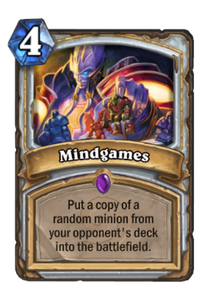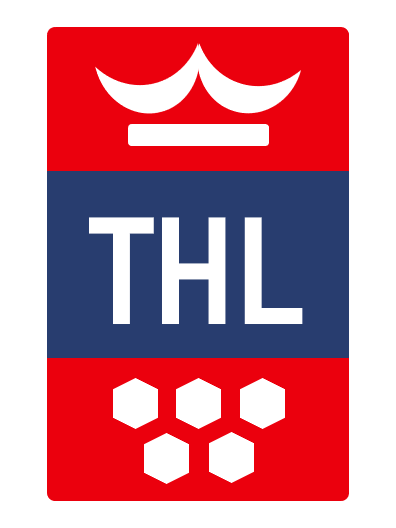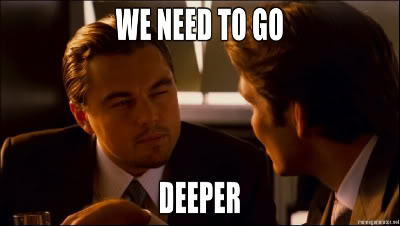 by Almace, Team Entropy Team Hearth League’s first official season, Inception, is upon us. It has been a long break between Kappa and this week, and it’s finally time to bring the action. Let’s take a look at what the current state of Hearthstone and THL’s tournament structure means for your matches. The Meta The HearthStone Ladder has a unique meta these days. Sure, Paladin is the best deck in a vacuum, but no variant truly defines the classes that are playable. Compare it to how we survived through periods of completely dominating decks: Patron Warrior, Miracle Rogue, and Undertaker Warlock/Hunter. During their reign you either played the best deck, played a deck that aimed to beat the best deck, or hedged and tried to snipe the Anti-Meta decks. With Warsong buried and the effects of the new adventure yet to be seen, we are left without a meta-defining deck to beat. This puts HearthStone in an unprecedented state of balance. Very few matchups have a variance greater than 60/40, and seven of nine classes have one or more commonly played archetypes. All nine classes were represented at the World Championships and Rogue, one of the least popular classes, was one of the decks played to win the tournament. When you queue into ranked, there are so many viable decks that you can’t begin to guess what your opponent will be playing. You’re left feeling like you’re just flipping coins, but the beauty of THL is how very different it is from the Ladder experience. The Format THL uses the Conquest format with two key modifications. First, instead of submitting a finite quantity of decklists, you will submit classes only. During your matches you are able to choose between multiple decks within the same class (however once a deck is picked, you may not switch to another deck within the same class, ex: Once you play Tempo Mage, you cannot play Freeze Mage for the rest of the match). In a standard Conquest event, you bring three powerful, balanced decks. This is why the World Championships Qualifiers was overrun with Warrior, Druid, and Warlock. Conquest had even more concrete of a meta than the Ladder did whereas THL did not witness such an overwhelming popularity of stale deck choices. Warrior was amongst the top-picked classes, but it was piloted as a versatile choice. During Season kappa I made the mistake of playing Patron as my first deck into an opponent’s Handlock (favored to the Warlock). By nature of the Conquest format, I was now locked into Patron as my Warrior deck. My opponent utilized the League’s allowance for multiple decks to choose decks specifically built to kill Patron, and I was shut out of the match. The other key difference of THL’s Conquest format is that you will now submit four classes instead of three, despite the match being a best of five. At the start of your match, both players will ban one of their opponent's classes by queueing into each other with the class they intend to ban from the other player. Last Man Standing, the tournament format during the Miracle Rogue era, featured the ability to ban one of your opponent’s decks. This was done in an attempt to answer the meta’s currently dominant deck, and caused player strategy to revolve around either banning Rogue, or playing decks that specifically targeted Rogue. In this sense, bans were used as a bandage solution to an unbalanced meta. The inclusion of bans in a Conquest format serves a more deliberate purpose in adding variety to your battle plan. The Effect Since there is no hugely dominating deck that defines the meta, arranging your decks to combat mechanics and archetypes (not specific card combinations) is now more effective than ever. Let’s look at what happens if your opponent submits Warrior, Hunter, Mage, and Paladin as their classes. You can ban Warrior and pack your decks with anti-Secret cards. Similarly, you can ban Mage and fill up Harrison’s Museum of Value. With so many decks being viable in this format, THL becomes very focused on mind games. Show your opponent Druid, Hunter, Paladin, and Warlock. Reeking of smorc, you ban their most control-heavy class, like a Priest or Warrior. Play the greediest face Hunter you can slap together, then turn heel and whip out midrange value decks with Black Knights and an excess of BGH. Thanks to all of the changes within THL’s tournament structure and the current state of the meta, this Season has the opportunity to exhibit huge variety in both deck choices and player strategies. It’s exciting to see the way my team is now able discuss so many new layers of strategy. “Do I ban Warlock? What if I ban another class and just concede a loss to Warlock instead and tech fully to target their final two decks?” I expect players will prepare two openers and make a variety of decks from their remaining classes chock-full of awesomely specific card choices. I would also wager that the league will focus much more on player preparation and decision making than we would ever see out of any other tournament format or Ladder season. The first set of class submissions will start to tell the story of how this season will evolve. Salty Weekends starts Saturday at 9:30 EST. Some plans will succeed, some will fall apart; I know I can’t wait. Good luck, and have fun.
0 Comments
Leave a Reply. |
AuthorThe THL blog is curated and edited by THL's Content Managers. All THL members are welcomed and encouraged to pitch ideas for articles they would like to see on the site. If you have an idea, please reach out to LotusKnight on Discord or via the THL Help email address: [email protected] Archives
December 2023
Categories
All
|
This website is not affiliated with Blizzard Entertainment.
Icons made by Freepik & Smashicons from www.flaticon.com is licensed by CC 3.0 BY
Icons made by Freepik & Smashicons from www.flaticon.com is licensed by CC 3.0 BY


 RSS Feed
RSS Feed